Is Guatemala Rosa Coffee good? Guatemala Rosa Coffee beans drink correctly and their Flavor characteristics
Professional coffee knowledge exchange more coffee bean information please follow the coffee workshop (Wechat official account cafe_style)
When it comes to rose summer, most people will say that the rose summer of the Emerald Manor in Panama is the best. In fact, Qianjie believes that rose summer is also coffee, more people will feel that it is a cup of fragrant fruit tea. However, there is Rosa coffee all over the world, such as Costa Rica, Colombia, Guatemala, and Ethiopia, where the coffee originated, except that the flavor of Rosa coffee varies from country to country.
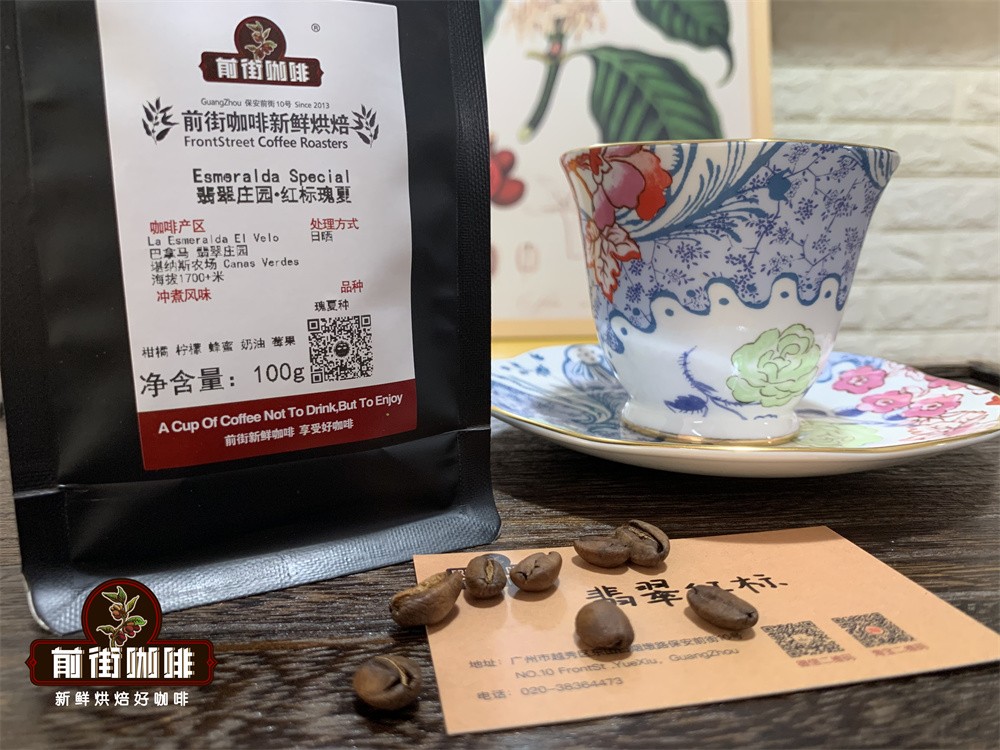
Coffee is originally a kind of crop, which is directly related to the environment and climate of the producing area. Guatemala is a high-altitude volcanic terrain, and these volcanoes are the ideal place to grow coffee. So, you will find that Guatemalan coffee has a smoky taste. The geisha coffee from Guatemala is a kind of wild coffee from Ethiopia, and it is a very rare fine coffee. It is located in a single producing area of Nueva Granada Coffee Farm in San Marcos, Guatemala, where plants grow at an altitude of 5000 feet. The farm is located between two volcanoes, Takana and Tazumurko, which is rich in soil. The taste of Guatemalan geisha coffee can be described as low acidity chocolate and nuts. The annual harvest is limited. Rainforest Alliance certified medium baking cup Note: crisp, elegant, sweet and delicious. Baker chocolate, lemon blossom, musk, dried peach, almond aroma and cup.
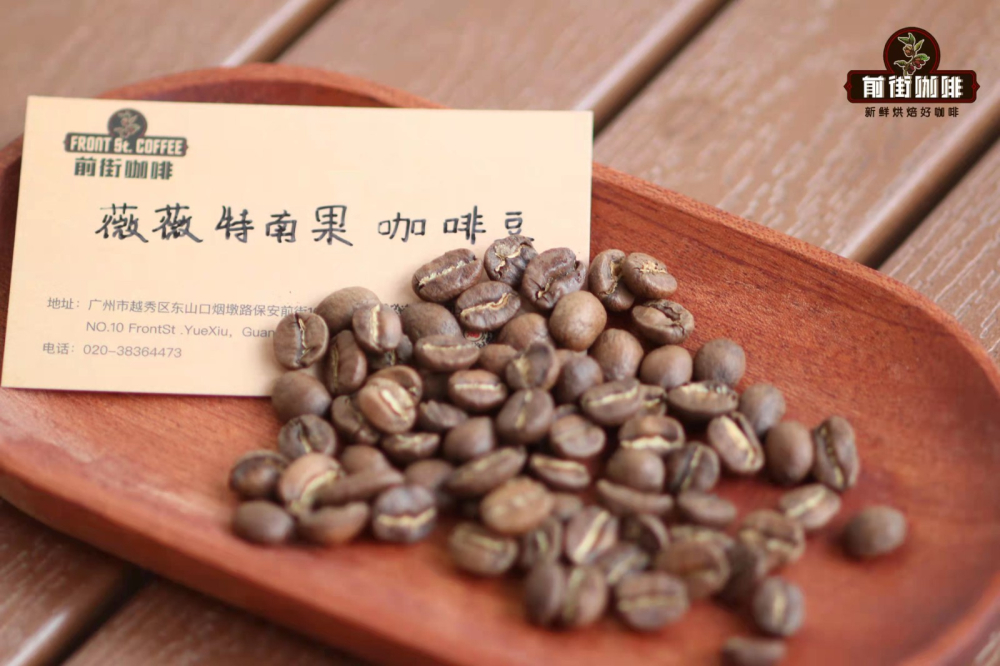
The coffee produced in Guatemala is one of the top coffee in the world. Because it is located in the high-altitude volcanic terrain, critics prefer this mixed flavor coffee with spicy flavor to other varieties of coffee. The extra hard coffee beans here are a rare good coffee with full grains, delicious taste and balanced acidity. In addition, its giant coffee beans have attracted a lot of attention in Guatemala.
Planting environment
Guatemala is located in the center of North and South America, and its geographical location occupies an important position in Central America. Guatemala covers an area of about 108899 square kilometers. The land features can be divided into plateau volcanoes, lowland tropical forests, volcanic sandy shore plains along the Pacific coast, and virgin lands along the Caribbean Sea. The SierraMadre Mountains of Central America, which straddles Guatemala from east to west, covers an area of about 2GP3 and has 34 volcanoes. In this country, rivers and lakes dot the landscape, while equatorial forests and plain jungles cover the land. There are also untapped volcanic beaches on the Pacific and Caribbean coasts. The average elevation of Guatemala is high, and the coffee belt is distributed over 1500 meters, which is the easiest to grow extremely hard beans.
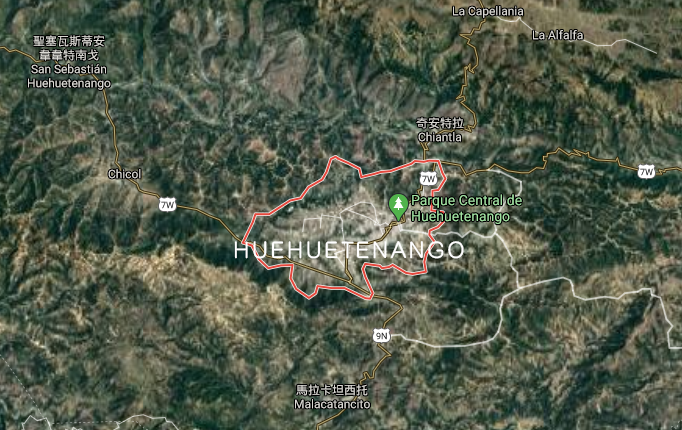
Coffee was really introduced into Guatemala in 1750 by Father Jesuit, and the coffee industry was developed by German colonists at the end of the 19th century. Today, most of the coffee industry's production takes place in the south of the country.
Guatemalan coffee producing area
Guatemala has a total of eight major producing areas, divided into five volcanic producing areas and three non-volcanic producing areas. Five major volcanic areas: Antigua (Antigua), Arcatel Nanguo (Acatenango), Lake Attilan (Atitlan), Mount San Marco (Volcanic San Marcos), Farahan Plateau (Fraijanes). Three major non-volcanic producing areas: Vivette Nanguo (Huehuetenango), Koban (Coban), and New Oriental (New Oriente). Guatemala is home to more than 300 microclimates, making it the largest in the world. The flavor of coffee produced in Guatemala varies from region to region, but to sum up, Guatemalan coffee shows a mild and mellow overall texture, elegant aroma, and special and pleasant acidity similar to fruit acid, so it has become an aristocrat of coffee, among which Antigua Classic Coffee (AntiguaClassic) is highly recommended by coffee connoisseurs around the world.
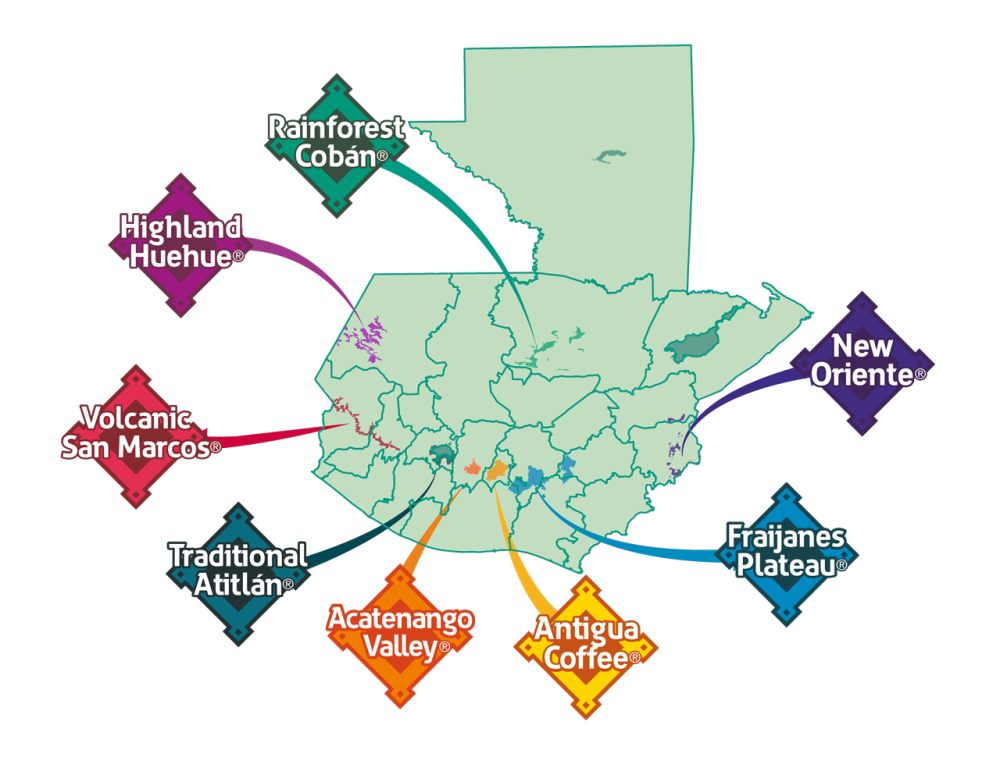
Antigua
Antigua is the oldest and most beautiful city in America. As early as 1543, Antigua was the capital of all colonial times in Central America, and the Government House of Spain was also set up here. After the great earthquake of 1773, the whole city of Antigua was destroyed and the capital was moved to Guatemala City. Antigua is about 40 kilometers west of Guatemala City. Colonial buildings were damaged by the earthquake, and the whole remains after the earthquake is a living museum of history.
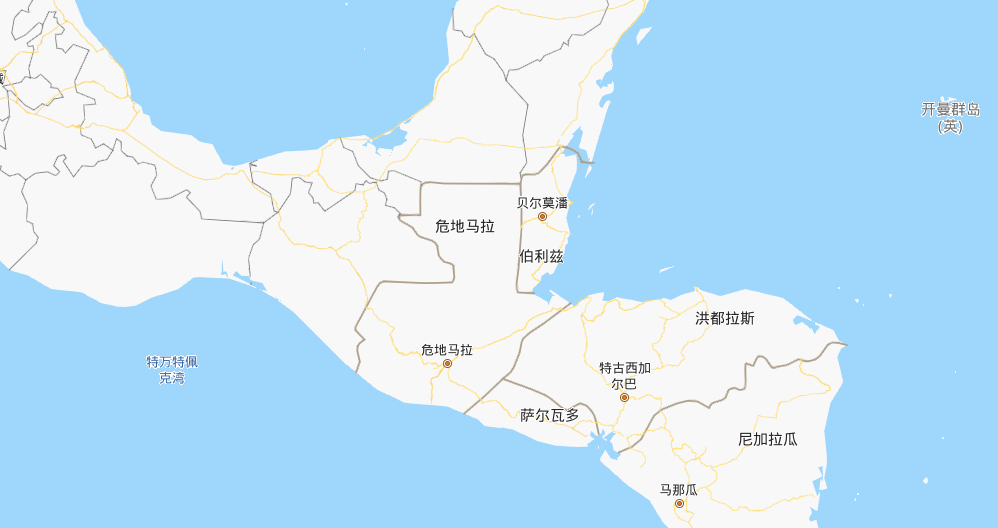
Now Antigua (Antigua) is a famous producer of coffee, rich volcanic soil, low humidity, strong sunlight and cool night breeze are the characteristics of Antigua. Three spectacular active volcanoes ── Agua, Acatenango and Fuego form a beautiful valley. Fuego active volcano also adds misty dust from time to time. Every 30 years or so, the area near Antigua is hit by a volcanic eruption, which provides more nitrogen to the already fertile land, and plenty of rainfall and sunlight make the place more suitable for growing coffee.
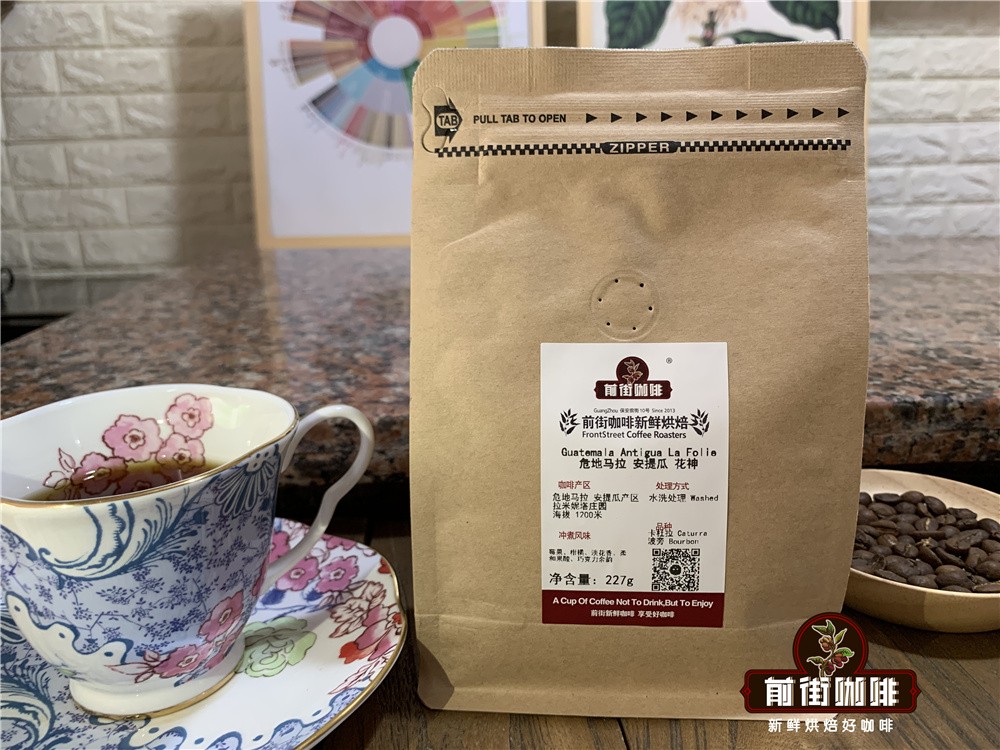
Antigua coffee is produced in Camana Manor, where the best quality coffee is ELPulcal, which is not only of good quality, but also, when compared with other Latin American coffees, this coffee is quite complete, rich and astonishing, and you will find it unexpected if you enjoy it with chocolate. The most important thing is that it has a very rich flavor and a richer taste, and it has a fascinating taste of tobacco and is known as the "most perfect coffee bean". Such as the Guatemalan Flower God Coffee on the front street.
Vivette Nango
Vivette Nan Fruit is located in the highlands of northwestern Guatemala, growing at an altitude of 1800-2100 meters. It is the highest coffee-producing area in the country and is famous for producing high-quality beans. The dry hot wind from Mexico's Tehuantepec plateau protects the coffee beans from frost. Local people plant coffee trees to an area of nearly 2000 meters, which can be said to be a godsend coffee growing environment. Although Vivette South Fruit has a dry climate, streams in the region are intertwined, which can provide a large amount of clean water irrigation or supply water washing treatment plants, which can be washed directly in the mountains during the picking season. Due to the large number of rivers and lakes in Guatemala, rich mountains and water resources in Vivete Nanguo region, dry climate but abundant water resources, and complete water conservancy facilities in this area, coffee is mostly washed and processed, and the harvest period is from January to April.
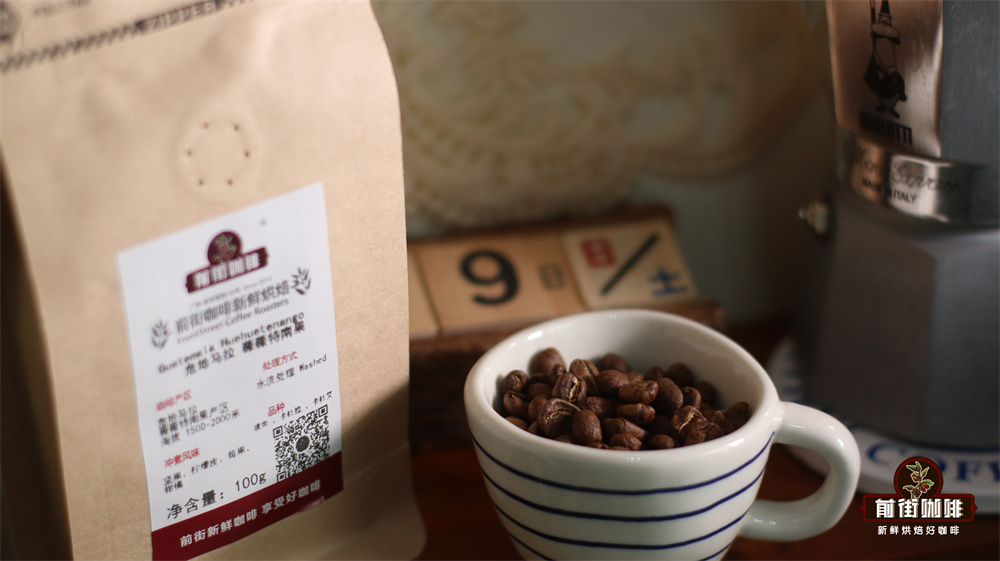
Qianjie Coffee chose washed Guatemala Vivette Nan fruit as the representative coffee of Guatemala coffee producing country, which has obvious citrus flavor, lemon peel acid but berry flavor, and nutty taste at the end.
Coffee variety
Guatemala mainly grows bourbon, iron pickup, Kaddura and Kaduai. Bourbon and iron pickup are the oldest varieties of coffee in Arabica, mostly in boutique coffee.
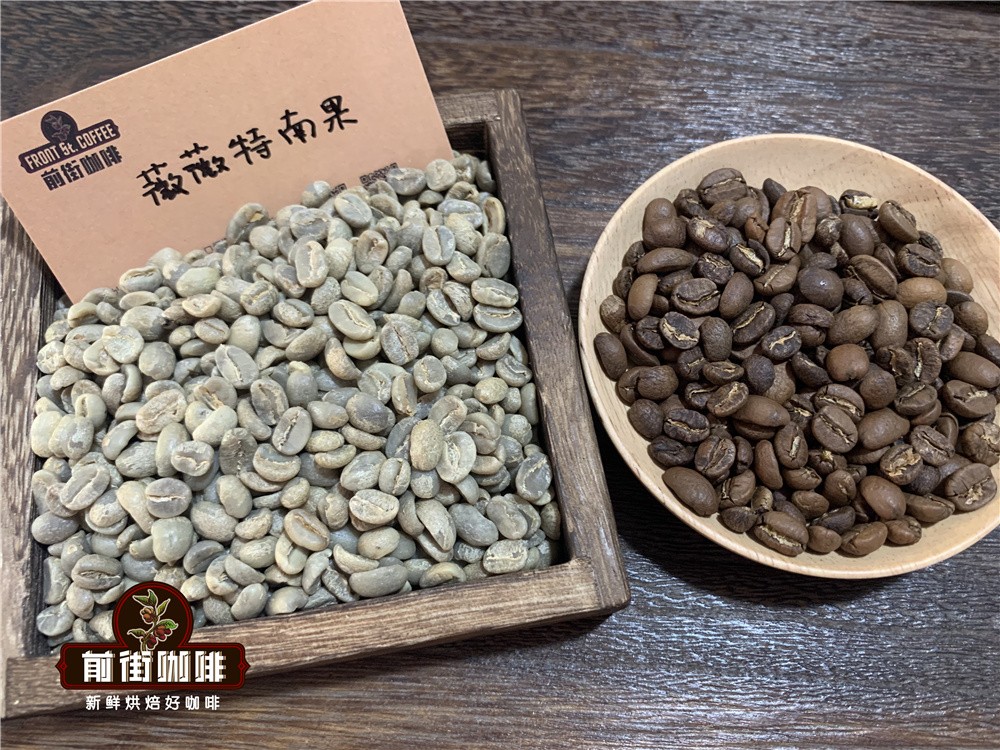
Bourbon: it's a natural variant of the iron pickup. The coffee fruit appears wine red when it is ripe, and the body of the coffee bean is round. Planted in bourbon at high altitude, it usually has a better aroma and bright acidity, and tastes like red wine. Such as the front street rations beans Brazilian coffee and single Brazilian queen coffee.
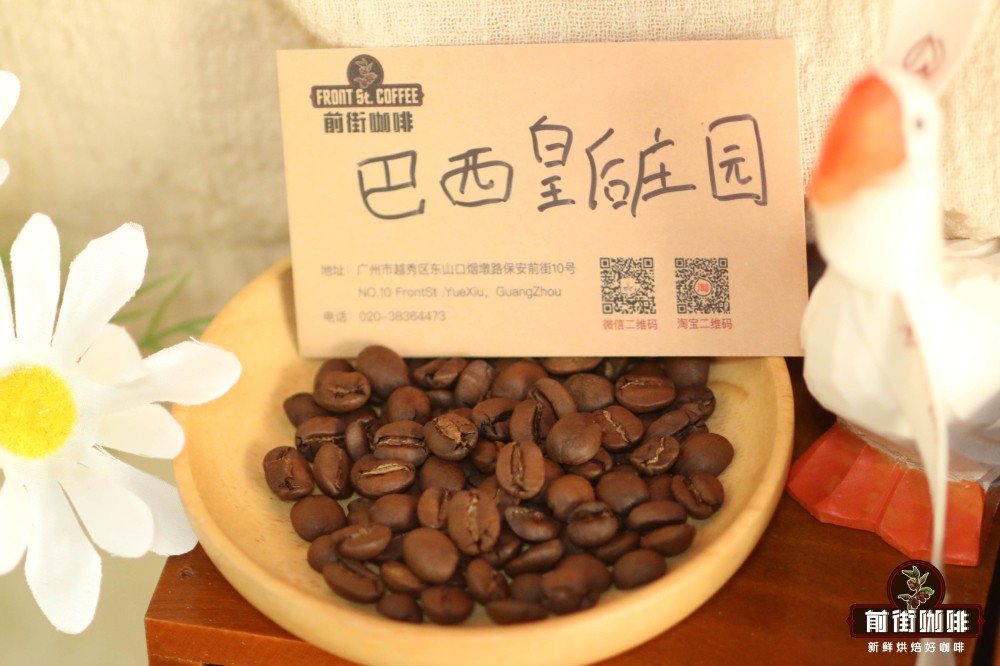
Iron pickup: iron pickup has excellent taste and is recognized as a boutique coffee variety, but its output is extremely low and vulnerable to rust, which requires more manpower management. Tieka Coffee, native to Ethiopia and southeastern Sudan, is the most widely cultivated variety of coffee in the Western Hemisphere. The plant is strong, but it is not resistant to light. The top leaf of the iron pickup is red and copper, which is called Tongding coffee. There are: blue Mountain Coffee, Panamanian Alida Coffee and Qianjie Iron pickup Coffee grown on Qianjie's own estate on 2013.
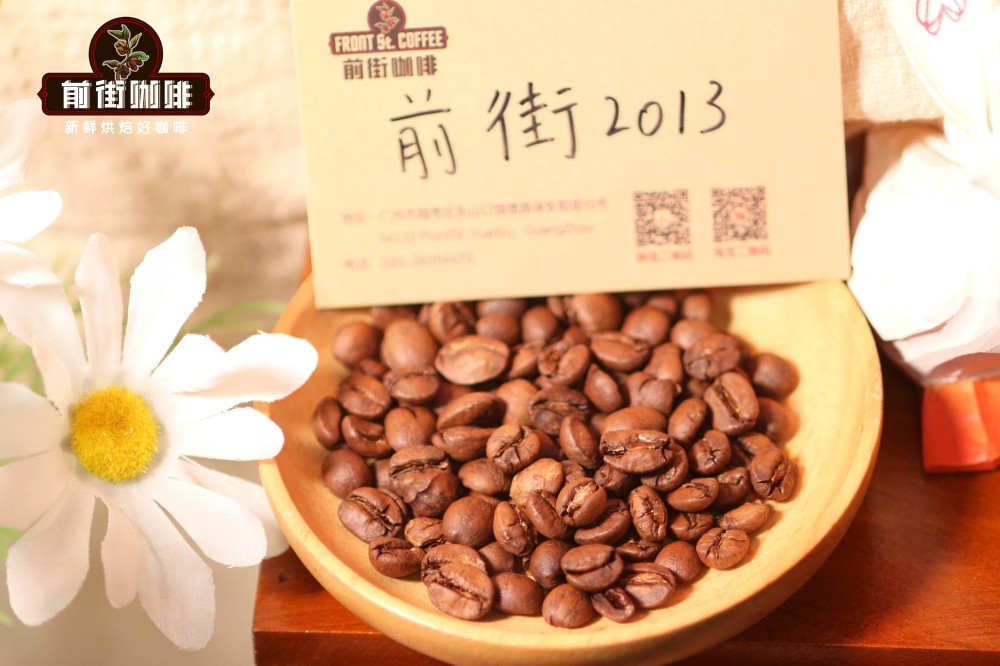
Kaddura: a natural variety of bourbon, it was discovered in Brazil in 1937. Its tree is not as tall as bourbon and smaller. Due to inheriting the blood of bourbon, the disease resistance is relatively weak, but the yield is higher than that of bourbon. Although found in Brazil, Kaddura is not suitable for growing in Brazil, so it is not planted on a large scale in Brazil, but is popular in Central and South America, such as Colombia, Costa Rica and Nicaragua. Kaddura is planted on a large scale. For example, Columbia Flower Moon Night and Rose Valley coffee on the front street are all Kaddura varieties.
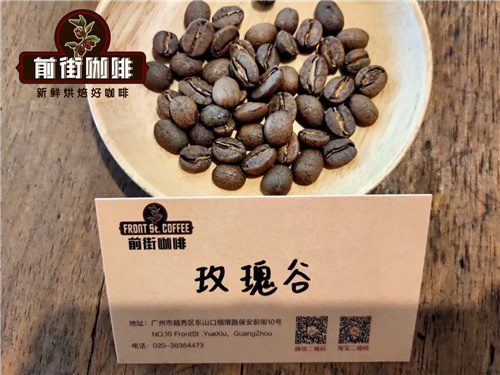
Kaduai: coffee variety artificially crossed by Kaddura and New World (Mondu Novo). Kaduai inherits Kaddura's small trees, which do not need shade, are easy to grow and easy to pick. It also has a better ability to resist natural disasters than the New World. It has a good acidity in flavor. Kaduai generally presents two types of red fruit and yellow fruit.
Treatment of Guatemalan coffee beans
Coffee treatment Guatemalan coffee beans are mainly treated by water washing.
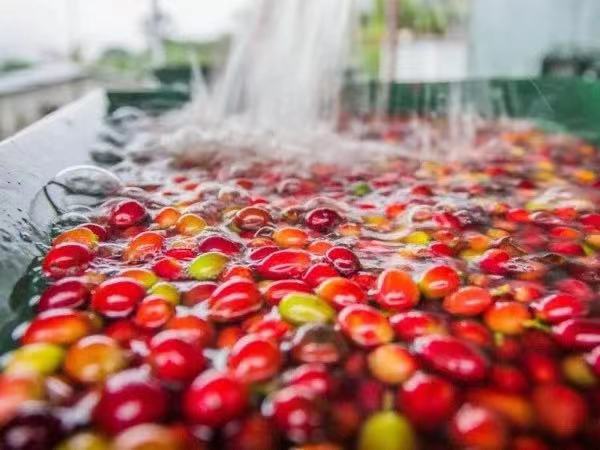
After harvest, the selected coffee cherries were put into the peeling machine, and the peel and pulp were removed initially. Then put the raw coffee beans with residual pectin into the water and ferment for about 24 hours. After fermentation, it is washed in a flowing tank, dried coffee beans or dried with the help of a dryer, and the moisture content is reduced to about 12%, then transferred to the warehouse, and finally the parchment of raw coffee beans is removed and waited for sale. This treatment can show a very clean taste. At the same time, Qianjie believes that washed coffee can best detect the basic flavor of a producing area, so this bean is also very suitable for coffee newcomers, marking the flavor of Guatemala origin.
Qianjie baking suggestion
There are two types of Guatemalan coffee in front street coffee, one is rations, the varieties of Vitella are bourbon, Kaddura and Kaduai, and the other is a single variety of Guatemalan Flower God coffee is Kaddura and Bourbon. The flavor of Guatemalan coffee beans itself has the tunability of nuts unique to Latin America, with a touch of floral aroma and soft fruit acidity. Qianjie uses medium-shallow baking techniques to preserve more flower and fruit aromas, clean and bright acidity.
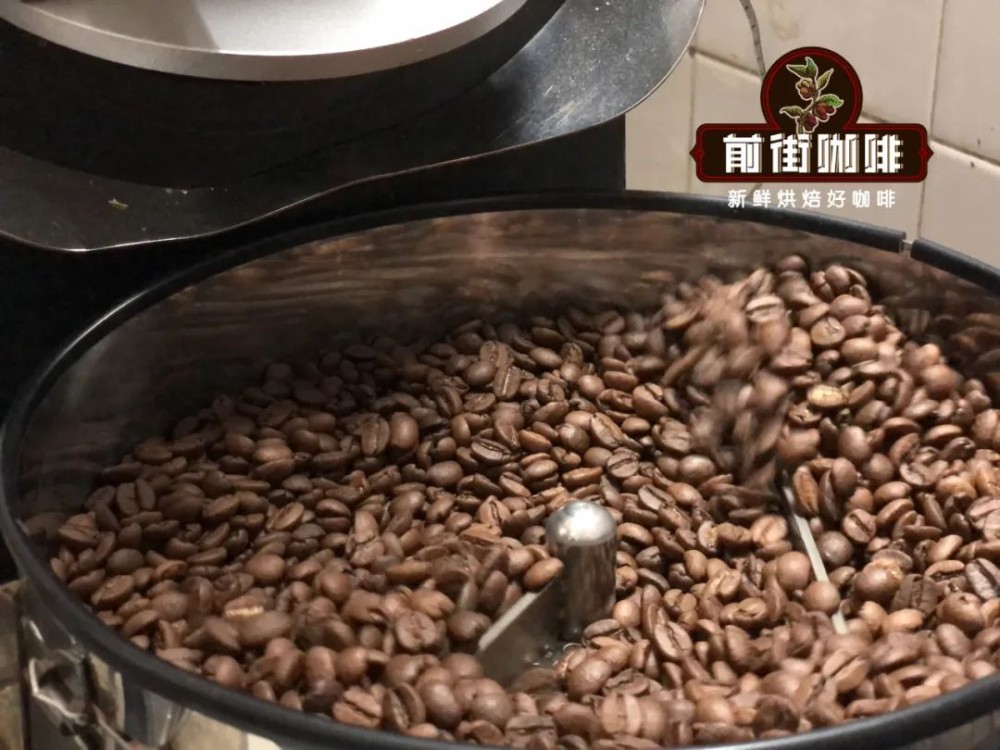
Parameters for brewing Guatemalan coffee on the front street:
Guatemalan coffee beans are medium-light roasted, and the dissolution rate of light-roasted beans is lower than that of deep-roasted beans. Qianjie recommends a V60 filter cup with faster flow rate, higher water temperature, and finer grinding.
Qianjie use medium fine grinding / fine sugar thickness (China 20 standard screen screening rate of 80%. Use 15 coffee powder, then brew with a V60 filter cup, a water temperature of 91 degrees Celsius, a powder-to-water ratio at 1:15 and a three-stage water filling technique.
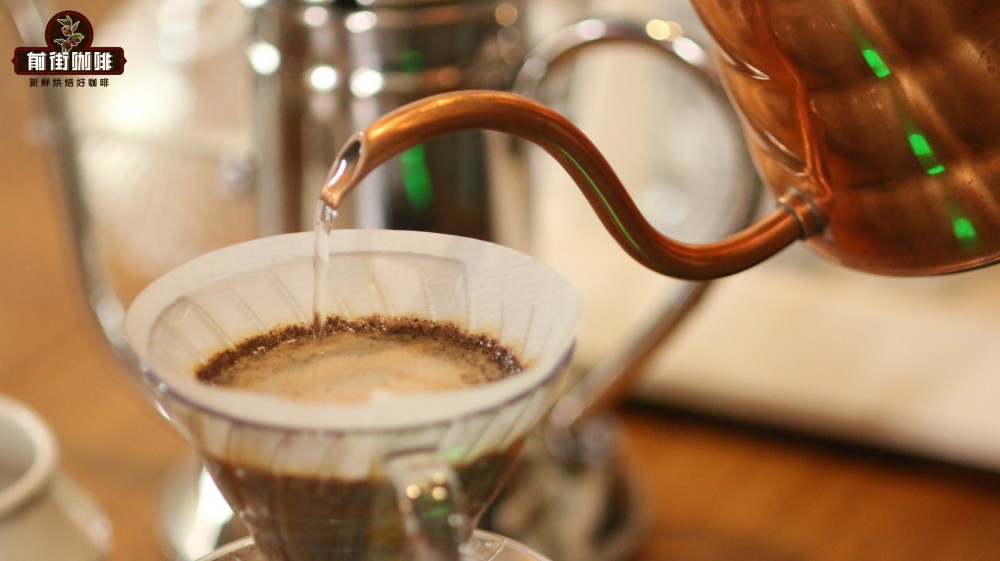
The use of three-stage extraction, with 2 times the amount of coffee powder water for steaming, that is, 30 grams of water for 30 seconds, and the reason for the need for steaming process is to make coffee powder can discharge the internal carbon dioxide gas, so that the latter stage of the extraction is better stable. When the small water is injected around the circle to 125 grams, the injection will be stopped until 225 grams, then the filter cup will be removed after the dripping of the filter cup, and the extraction time will be 2 minutes 39 grams. Next, pick up and shake the whole cup of coffee, then pour it into the cup and taste it.
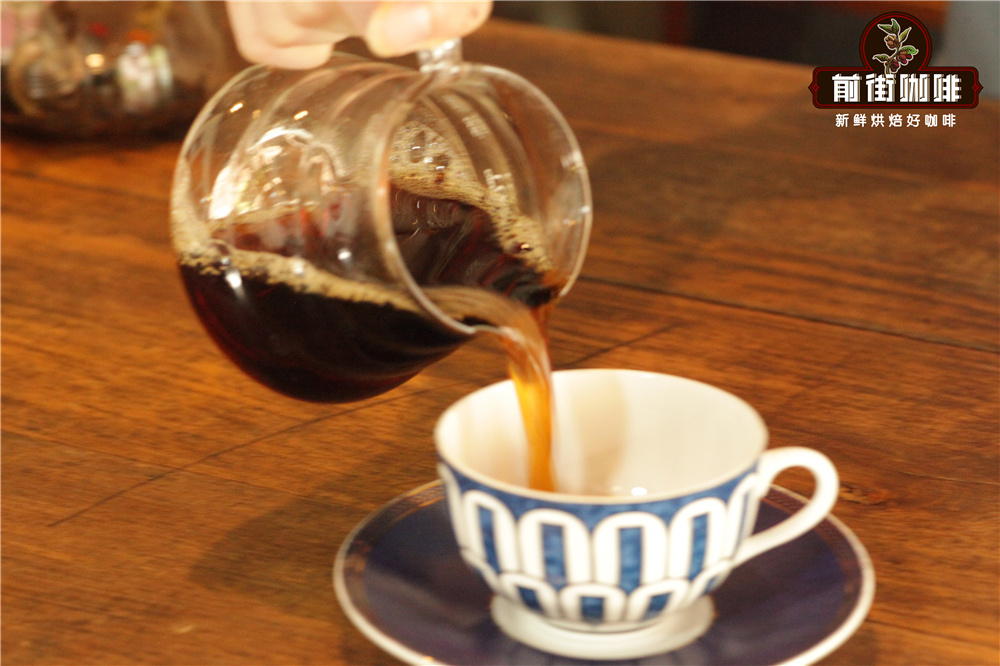
Guatemala Vivette Nan Fruit Coffee flavor: citrus, berry acidity, lemon peel, nutty aroma in the middle, aftertaste.
Guatemala Flower God coffee flavor features: sour berries, citrus, light chocolate, rich layers, smooth taste.
Suggestions for making coffee in front of the street:
For the brewing of coffee, Qianjie has always believed that the freshness of coffee beans has a great relationship with the flavor of coffee, so the coffee beans shipped in Qianjie coffee are roasted within 5 days. The purpose of Qianjie roasting is "freshly roasted coffee", so that every guest who places an order is the freshest coffee when he receives it. The bean cultivation period of coffee is about 4-7 days, so when the guest gets it, it is the time when the flavor is the best.
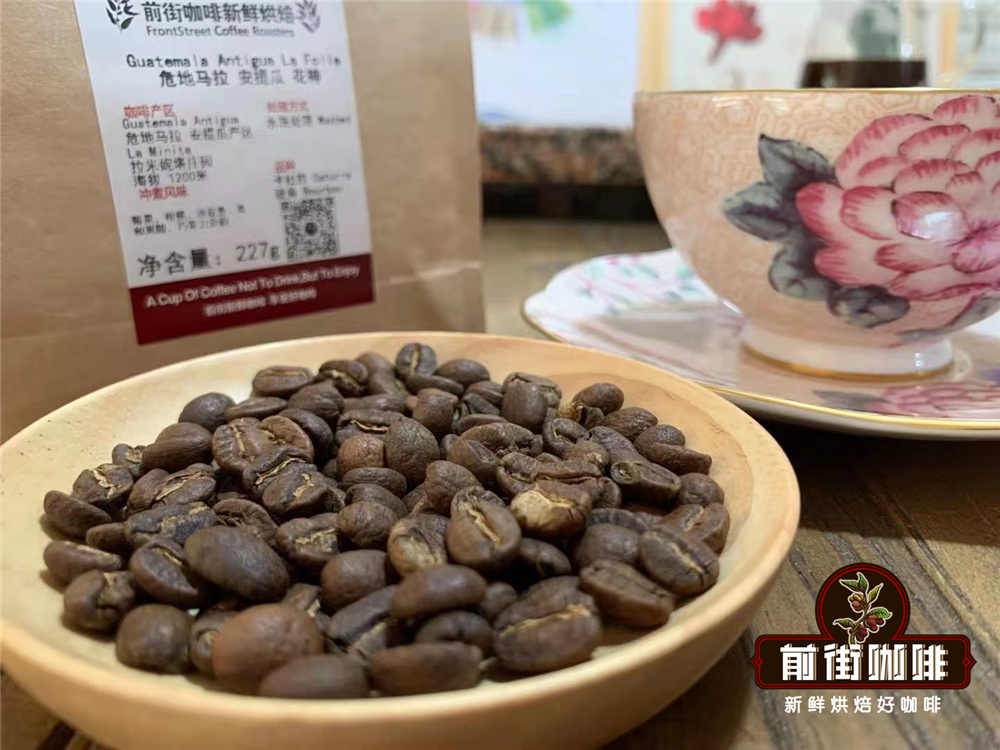
For those who need to be ground, Qianjie warmly reminds you that if the coffee beans are ground in advance, there is no need to raise the beans, because in the process of transportation, the pressure caused by carbon dioxide in the package can also make the coffee flavor round. so you can drink a cup of coffee as soon as you receive the coffee powder. But the coffee powder needs to be brewed in time, because the coffee powder oxidizes more quickly after contact with the air, that is to say, the flavor of the coffee will dissipate more quickly, and the flavor of the coffee is not so good. Therefore, Qianjie suggests buying whole beans, grinding and flushing now, so that we can better taste the flavor of coffee.
For more boutique coffee beans, please add private Qianjie coffee on Wechat. WeChat account: qjcoffeex
Important Notice :
前街咖啡 FrontStreet Coffee has moved to new addredd:
FrontStreet Coffee Address: 315,Donghua East Road,GuangZhou
Tel:020 38364473
- Prev
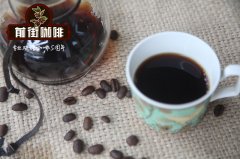
Historical stories of Rose Summer Coffee Origin introduction to the Origin of Rose Summer Coffee
For more information about coffee beans, please follow the Coffee Workshop (Wechat official account cafe_style). This variety was originally collected from the coffee forests of Ethiopia in the 1930s. From there, it was sent to the Lyamungu Research Station in Tanzania and then taken to the Centre for Agronomic Tropical Survey (CATIE) in Central America in 1953, where it was registered as T2.
- Next
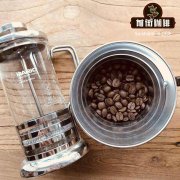
What is geisha coffee? is geisha coffee good? the basics of geisha coffee
Professional coffee knowledge exchange more coffee bean information please follow the coffee workshop (Wechat official account cafe_style) what is geisha coffee? The name geisha comes from the town of Gesha in Ethiopia, the birthplace of coffee trees. Geisha coffee is different in appearance and is naturally resistant to some diseases and bean growth and slim. Geisha coffee contains 30% less caffeine than most coffee. Geisha coffee
Related
- Beginners will see the "Coffee pull flower" guide!
- What is the difference between ice blog purified milk and ordinary milk coffee?
- Why is the Philippines the largest producer of crops in Liberia?
- For coffee extraction, should the fine powder be retained?
- How does extracted espresso fill pressed powder? How much strength does it take to press the powder?
- How to make jasmine cold extract coffee? Is the jasmine + latte good?
- Will this little toy really make the coffee taste better? How does Lily Drip affect coffee extraction?
- Will the action of slapping the filter cup also affect coffee extraction?
- What's the difference between powder-to-water ratio and powder-to-liquid ratio?
- What is the Ethiopian local species? What does it have to do with Heirloom native species?

